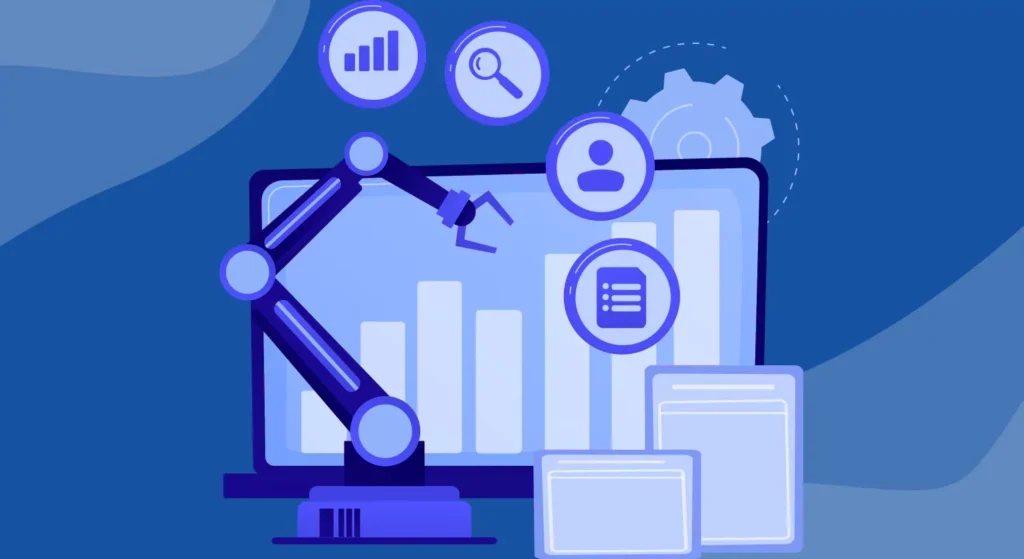Imagine running a busy airport. Every plane, passenger, and piece of luggage must adhere to strict safety rules. If even one step is overlooked, chaos could unfold. Traditionally, inspectors would manually check each gate, but in modern airports, many checks are automated—scanners, sensors, and systems quietly ensure compliance behind the scenes.
This is what Compliance as Code does for IT systems. Instead of relying solely on manual audits, compliance is embedded into the infrastructure itself. Automated checks, policies, and frameworks ensure every “plane” in your digital airport follows the rules, leaving less room for error.
Turning Policies into Playbooks
At its core, Compliance as Code means converting legal and organisational policies into executable instructions. Think of it as turning a rulebook into a playbook for referees. Instead of checking manually if a player is offside, the system automatically signals when a rule is broken.
These playbooks can be versioned, reviewed, and improved just like application code. This makes compliance dynamic rather than static, allowing businesses to keep pace with evolving regulations and avoid nasty surprises during audits.
Learners exploring a DevOps course in Bangalore often encounter this principle early, as it bridges the gap between abstract governance and tangible, enforceable systems.
Why Automating Audits Matters
Manual audits resemble a teacher marking stacks of essays with a red pen—slow, repetitive, and prone to oversight. Automation turns the process into spellcheck: instant, consistent, and scalable.
By embedding compliance into pipelines, organisations gain continuous assurance rather than periodic snapshots. Every deployment is checked against rules, ensuring vulnerabilities or violations are caught before they reach production.
The result is peace of mind. Teams can innovate without the fear that compliance will become a roadblock, knowing the system itself enforces the necessary safeguards.
Tools that Bring Compliance as Code to Life
A range of tools exists to transform this concept into practice. Open Policy Agent (OPA) enforces fine-grained policies, while HashiCorp Sentinel integrates governance into Terraform workflows. Chef InSpec allows teams to write human-readable tests for compliance, making policies easy to understand and audit.
These tools function like automated inspectors stationed throughout the system—scanning, validating, and reporting in real-time. By combining them with CI/CD pipelines, compliance shifts from an afterthought to a constant companion throughout the development lifecycle.
Professional training opportunities, such as a DevOps course in Bangalore, often introduce learners to these tools, demonstrating how governance can be seamlessly integrated into daily workflows.
Challenges for Beginners
While Compliance as Code offers immense benefits, beginners often stumble at the start. Writing policies as code requires both technical and legal awareness. Misinterpreting a regulation can lead to incorrect application of rules, while overly zealous policies may hinder essential workflows.
Cultural change can be another hurdle. Teams accustomed to “compliance at the end” must embrace a mindset of “compliance from the start.” This shift requires collaboration between developers, operations, and auditors—a challenge that takes time to mature.
Yet, these difficulties are worth tackling. Once established, Compliance as Code reduces human error, strengthens trust, and allows organisations to scale governance without ballooning manual workloads.
Conclusion
Compliance as Code transforms audits from stressful, reactive exercises into smooth, proactive safeguards. By embedding rules into the very fabric of infrastructure, it ensures that every deployment follows regulations automatically, just as an airport scanner checks every bag without slowing down passengers.
For beginners, the journey begins with learning how to translate abstract rules into executable code, adopting the right tools, and shifting the team culture. With practice, compliance stops being a barrier and becomes a silent partner—guarding systems while letting innovation soar.
